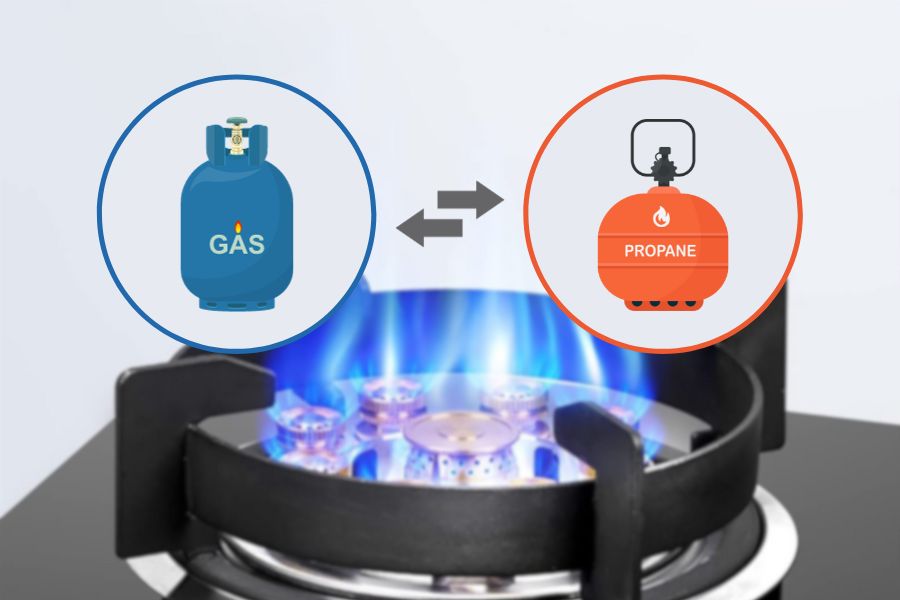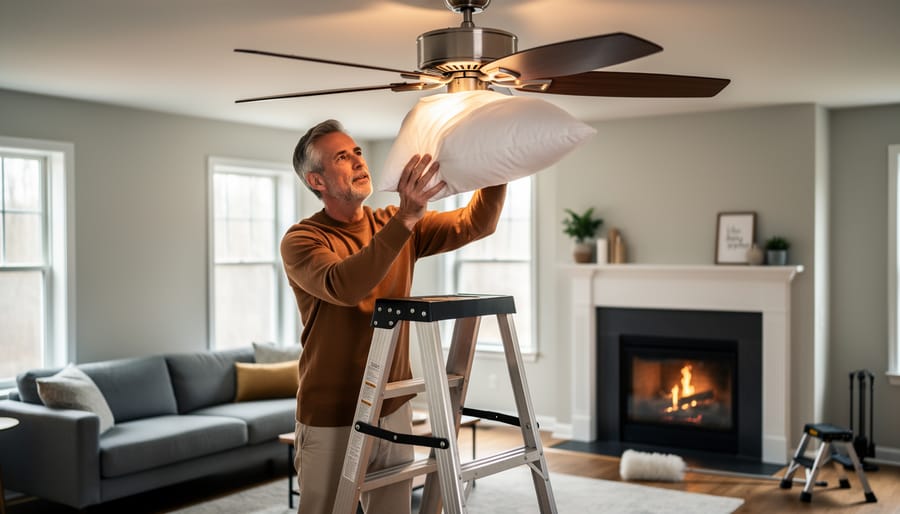A gas stove is a staple appliance in many households, providing a convenient and efficient way to cook meals. However, not all gas stoves are created equal, with some designed to run on natural gas and others on propane.
If you have recently moved into a home with a natural gas stove but have a propane gas supply, or if you are simply looking to switch from natural gas to propane, converting your stove is a viable option. Converting a natural gas stove to propane is a straightforward process that requires a few tools and a conversion kit, which can be purchased from a reputable supplier.
How to Convert Natural Gas Stove to Propane?
Check Stove Compatibility
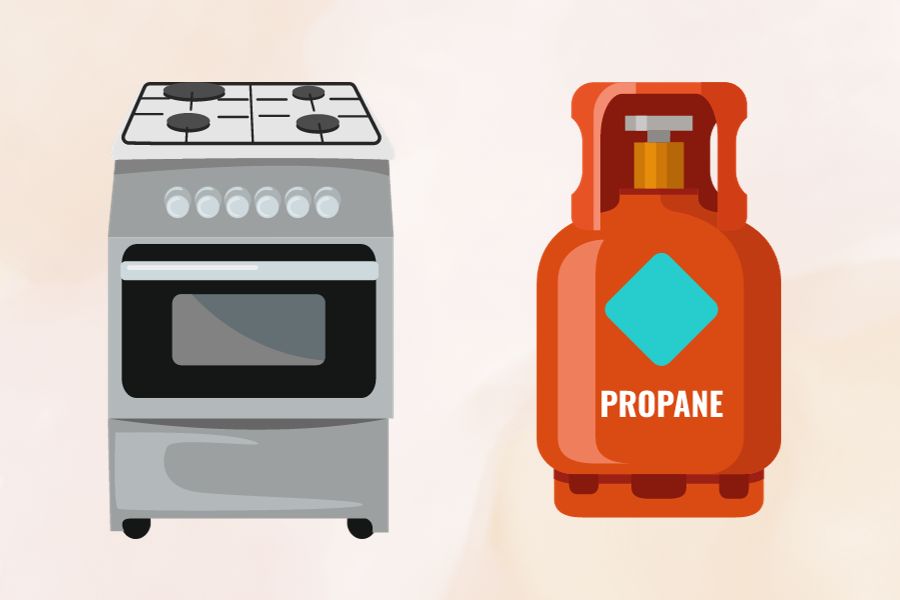
Before you begin converting your gas stove to propane, it is important to determine whether your stove is compatible with propane gas.
The first step in determining compatibility is to check the stove’s owner’s manual or contact the manufacturer to confirm whether the stove can be converted to run on propane gas.
Some stoves are designed to be compatible with natural gas and propane, while others may only be suitable for one or the other. Once you have confirmed compatibility, the next step is identifying the propane gas you will use.
Two types of propane gas are available – propane and liquefied petroleum gas (LPG). Propane gas is the most common type and is widely available in the United States. It is typically used for residential and commercial heating, cooking, and powering appliances. On the other hand, LPG is a mixture of propane and butane gases and is typically used in portable appliances such as camping stoves and grills.
Knowing which propane gas you will be using is important because the conversion kit you purchase must be compatible with the gas you will use. Also, the regulator that controls the gas flow into your stove must be adjusted to ensure the correct pressure for the type of gas you will use.
If you are unsure which propane gas to use, consult a professional or contact the gas supplier.
You May Also Like to Read: Are Natural Gas and Propane Interchangeable?
Purchase Gas Stove to Propane Conversion Kit
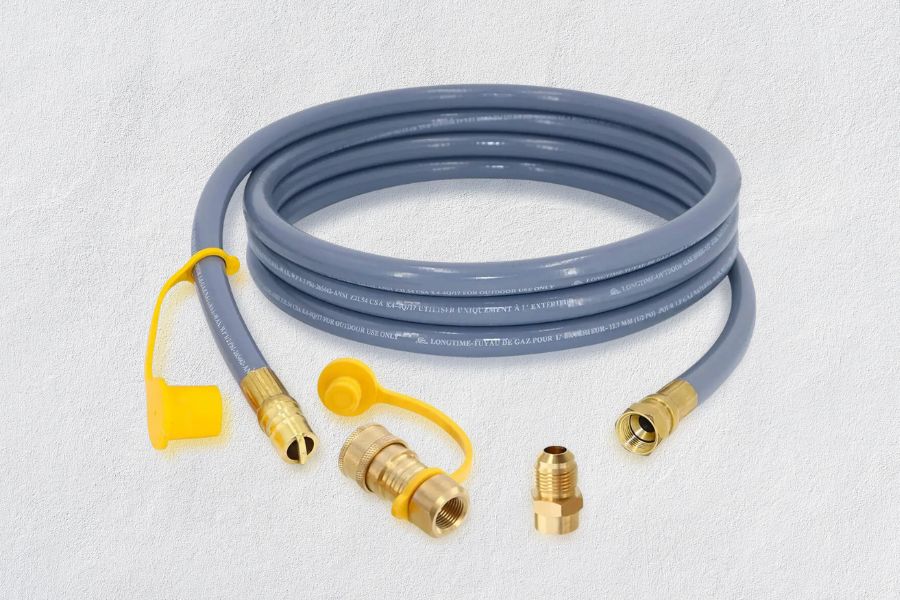
Once you have confirmed that your stove is compatible with propane gas and have identified the type of propane gas you will use, purchasing a conversion kit is the next step. The conversion kit will contain all the necessary components to convert your natural gas stove to run on propane gas.
To determine the type of conversion kit required, you will need to know the make and model of your stove. You can usually find this information in the stove’s owner’s manual or on a label located on the stove itself. Once you have this information, you can search for a compatible conversion kit with your stove.
Conversion kits are typically sold by the stove manufacturer or third-party suppliers. They can be purchased online or at home improvement stores. Purchasing the conversion kit from a reputable supplier is important. This ensures the components are high-quality and compatible with your stove.
Look for suppliers specializing in stove conversion kits with positive customer reviews. Avoid purchasing cheap or unbranded conversion kits, as they may not be reliable or safe.
In addition to the conversion kit, you may also need to purchase some tools to complete the conversion process, such as a wrench or screwdriver. Review the instructions with the conversion kit to ensure you have all the necessary tools and equipment before starting the conversion process.
Prepare for the Natural Gas Stove To Propane Conversion
Before you can begin the conversion process, it is important to prepare your stove properly. Follow these steps to prepare for the conversion:
- Shut Off the Gas Supply to the Stove: Locate the gas shutoff valve behind the stove or in the gas line leading to the stove and turn it off. This will ensure no gas flows to the stove during the conversion process.
- Unplug the Gas stove: Unplug your stove into an electrical outlet to prevent any electrical shocks or accidents during conversion.
- Remove the Grates, Burners, and Other Removable Parts: Remove all grates, burners, and other removable parts from the stove. This will make it easier to access the burner orifices and regulator valve, which are the components that you need to adjust to convert the stove to run on propane gas.
Access the Burner Orifices and Regulator Valve
Remove the cooktop or range hood to access the burner orifices and regulator valve. Refer to the stove’s owner’s manual or the instructions provided with the conversion kit for specific instructions on how to do this. You can begin the conversion process once you have access to the burner orifices and regulator valve.
It is important to take your time during this step to ensure that you have properly prepared your stove for the conversion process. This will make the conversion process smoother and safer.
Install the Conversion Kit
You can install the conversion kit once you have prepared your stove for the conversion process. Follow these steps to install the kit:
Replace the Natural Gas Orifices With the Propane Orifices Included in the Kit
The orifices are small metal fittings that control gas flow to the burners. The propane orifices are typically smaller than the natural gas orifices. To replace the orifices, use a wrench or pliers to remove the old orifices and replace them with the new propane orifices included in the kit. Make sure to tighten the orifices securely.
Adjust the Air Shutters
The air shutters are located near the burner orifices and control the air that mixes with the propane gas for proper combustion. Use a screwdriver to adjust the air shutters until the flames are blue and steady, with a flame height of approximately 1 inch. This will ensure that the stove is burning propane gas efficiently and safely.
Replace the Regulator Valve
The regulator valve controls the gas pressure as it enters the stove. Replace the natural gas regulator with the propane regulator included in the kit. Follow the instructions provided with the kit to install the new regulator valve properly.
Reassemble the Stove
Once you have installed the new orifices and regulator valve, reassemble the stove by replacing all the removable parts, such as the burners, grates, and range hood. Make sure that all parts are properly installed and secured.
It is important to follow the instructions with the conversion kit carefully to ensure the conversion process is done correctly and safely. Consult a professional for assistance if you need clarification on any conversion process step.
Test the Converted Stove
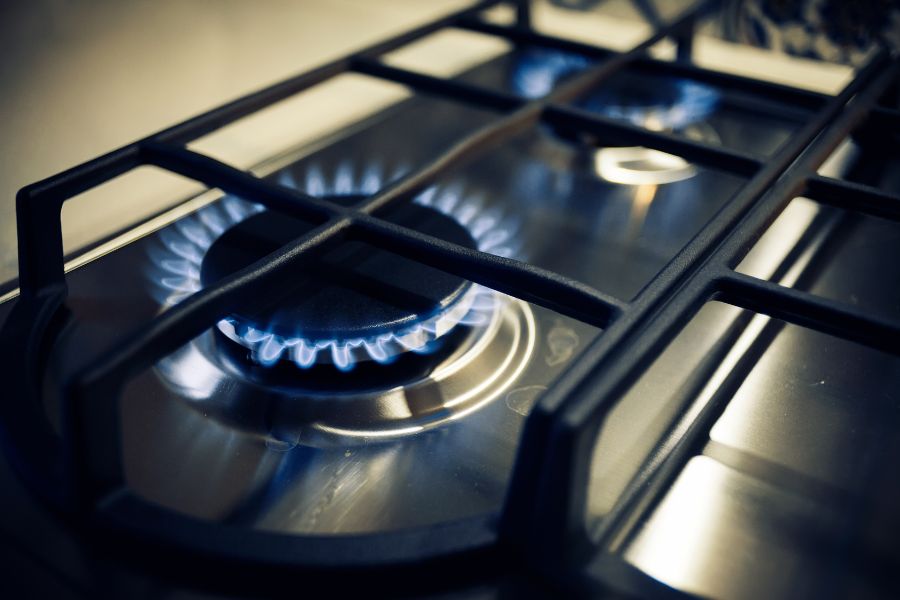
After completing the conversion kit installation, it is important to test the converted stove to ensure it works properly and safely. Follow these steps to test the stove:
- Restore Power to the Stove: If you unplug it during preparation, plug it back in.
- Turn on the Propane Gas Supply: Turn on the propane gas supply and ensure the gas flows to the stove.
- Test the Stove’s Burners: Light each burner on the stove, check that they ignite properly, and maintain a steady flame. If any burner fails to ignite or has an uneven flame, check the air shutter adjustment and orifice size to ensure they are correct.
- Check for Gas Leaks: Using a gas leak detector or soapy water solution, check for any gas leaks around the connections and fittings of the stove. If you detect any leaks, turn off the gas supply and consult a professional to fix the issue.
By testing the converted stove, you can ensure it works safely and efficiently on propane gas. It is important to take your time during this step to ensure the stove functions correctly before cooking.
Bottom Line
Converting a natural gas stove to propane can be a practical and cost-effective solution for homeowners who do not have access to a natural gas supply or who prefer to use propane gas for cooking. However, the conversion process requires careful planning and execution to ensure it is done safely and correctly.
Also, Check: What Happens If You Use Propane On A Natural Gas Stove?
By following the steps outlined in this article, including determining compatibility, purchasing a conversion kit, preparing for the conversion, installing the conversion kit, and testing the converted stove, homeowners can successfully convert their natural gas stove to propane.
It’s important to read the stove’s owner’s manual, follow the instructions provided with the conversion kit, and consult a professional if unsure about any conversion process step.
With a properly converted stove, homeowners can enjoy the benefits of cooking with propane gas, including lower energy costs, greater control over cooking temperatures, and reduced greenhouse gas emissions.
Frequently Asked Questions
Is It Safe to Convert a Natural Gas Stove to Propane?
Yes, converting a natural gas stove to propane is safe as long as the process is done correctly and all safety measures are followed. However, it is important to note that some stoves may not be compatible with propane, and attempting to convert them could be dangerous.
Can I Convert My Natural Gas Stove to Propane Myself?
You can convert your natural gas stove to propane with the necessary tools and expertise. However, if you are unsure about any conversion process step, you should consult a professional.
Do I Need a Special Conversion Kit to Convert My Natural Gas Stove to Propane?
You will need a conversion kit specifically designed for your stove’s make and model. The kit should include new orifices, a regulator, and other components needed to convert the stove to propane.
Can I Use the Same Propane Tank for My Stove for My Grill?
Yes, you can use the same propane tank for your stove that you use for your grill. However, ensure that the tank is properly secured and that the regulator on the stove is compatible with the tank.
Does Converting My Natural Gas Stove To Propane Affect Its Performance?
Converting your natural gas stove to propane should not significantly affect its performance if the conversion is done correctly. However, propane burns hotter than natural gas, so you may need to adjust the air shutter to achieve the desired flame height and ensure proper combustion.

